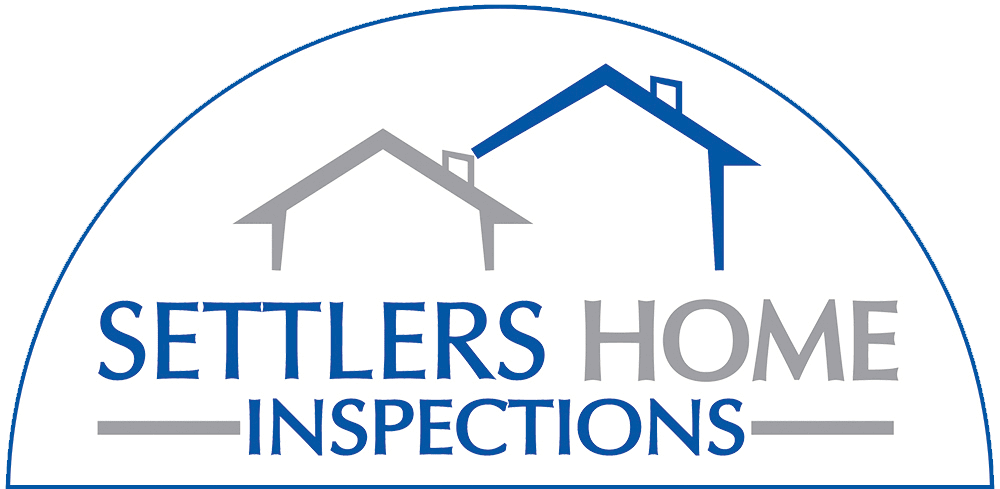Settlers Home Inspections
YOUR VETERAN INSPECTION PROFESSIONAL
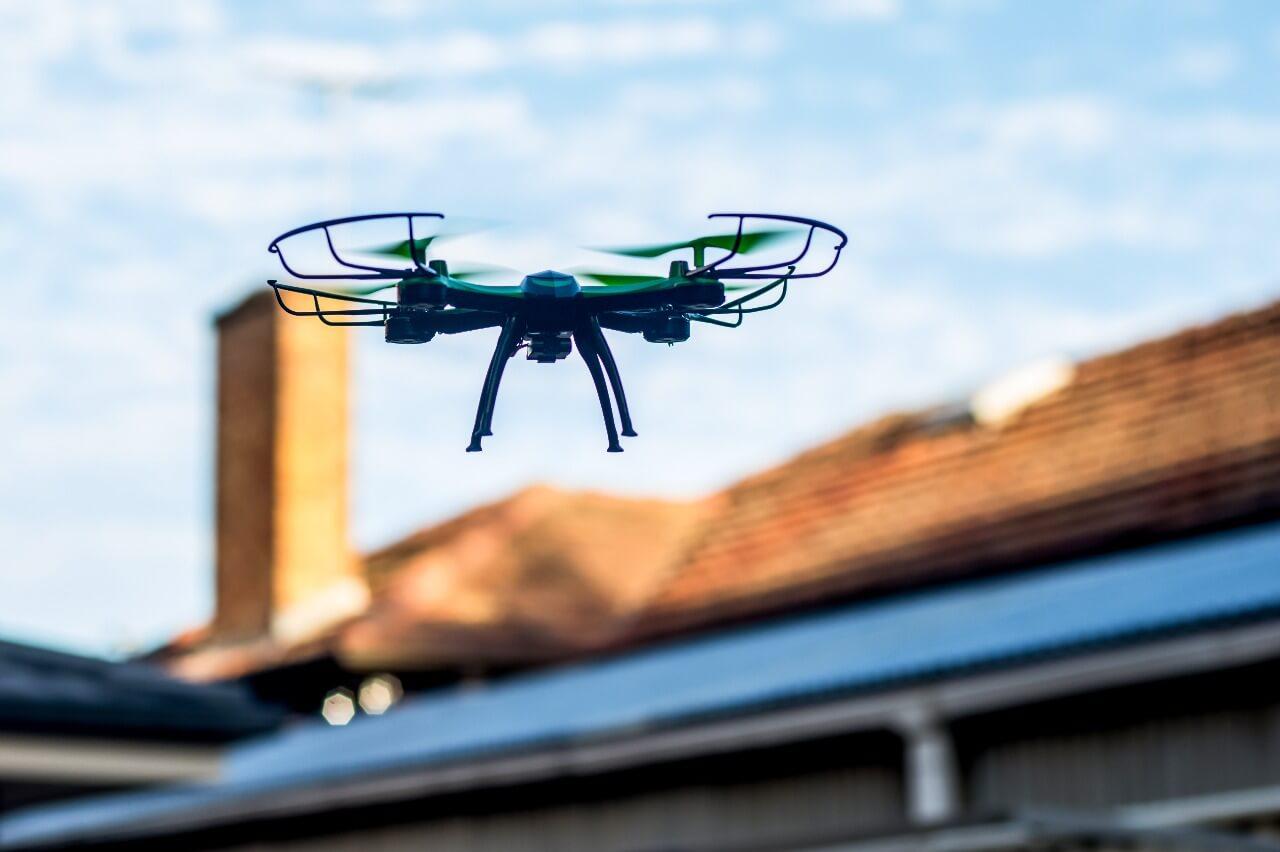
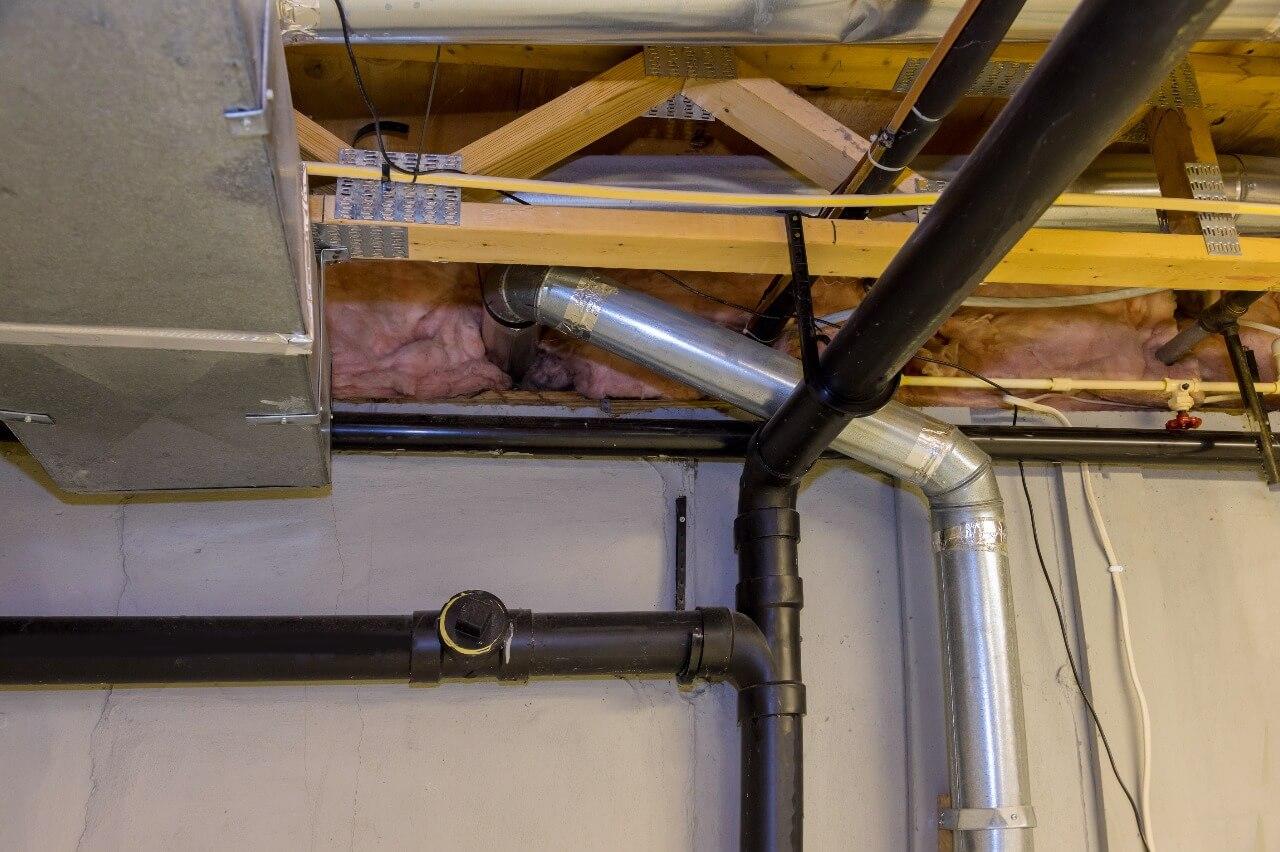
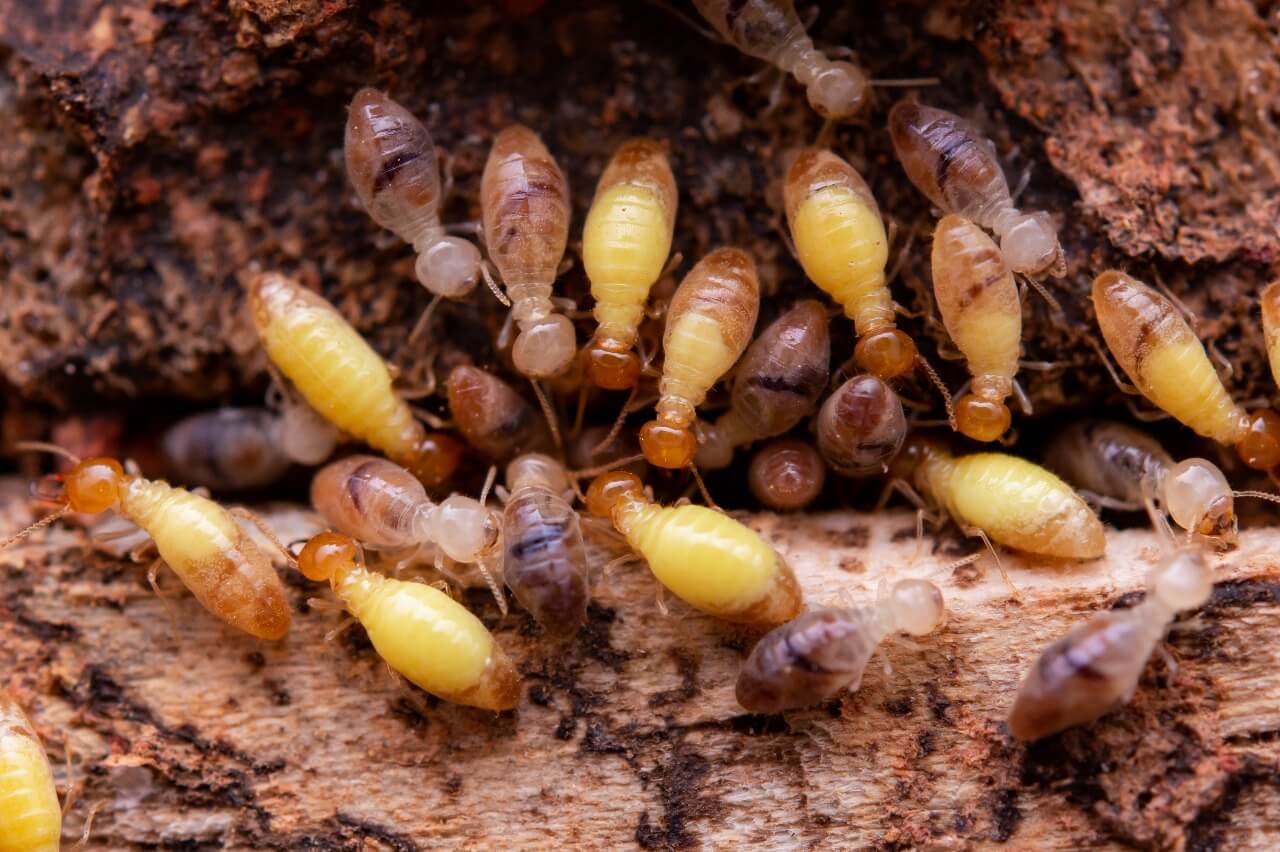
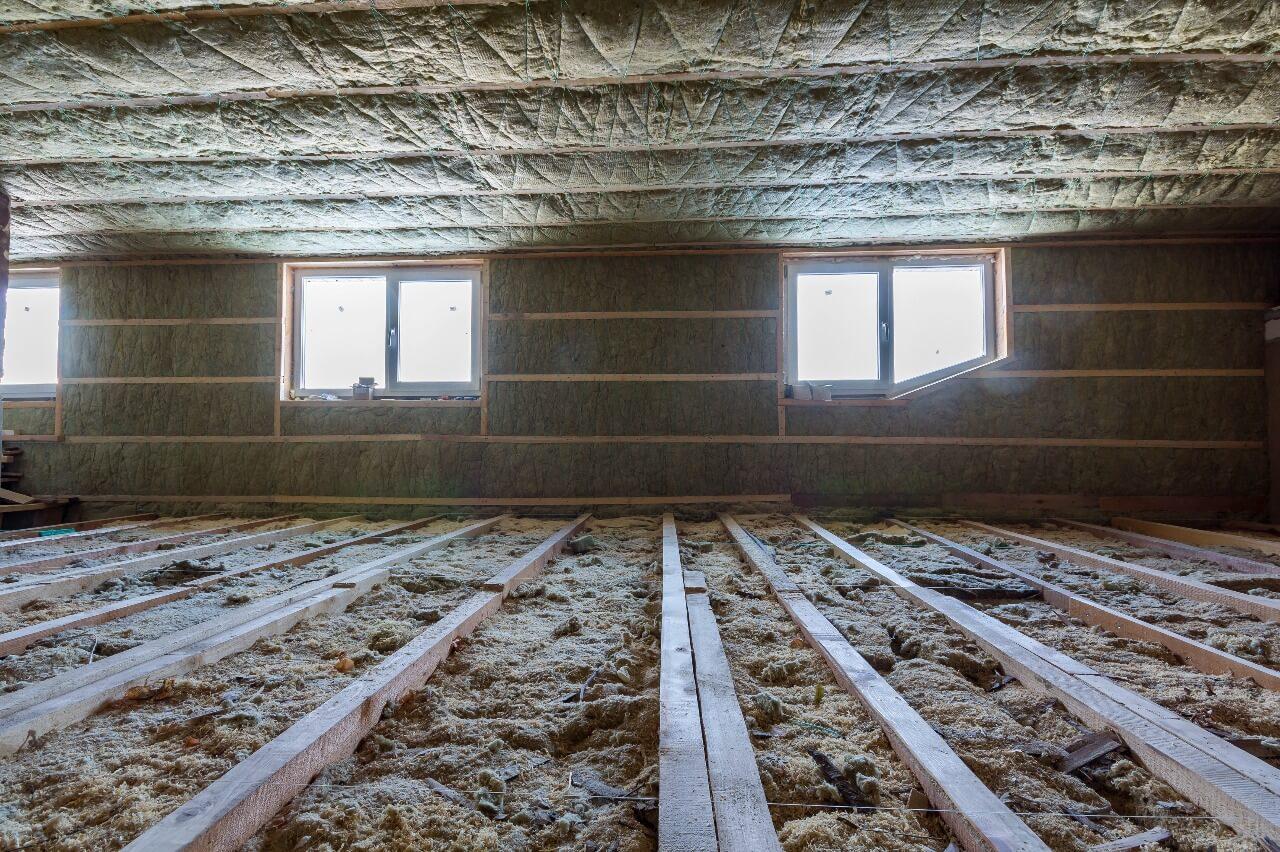
THOROUGH INSPECTIONS THAT ARE LASER FOCUSED AND TO THE POINT
Residential and Commercial Building Inspections
You should attend the inspection if possible. This could be your home, so we encourage all prospective buyers to be present and inspect with us.
Buying a home is likely be your biggest purchase. Your Inspector has over 21 year’s of home inspection experience on your side. You can rely on your inspector to help. You should be able to buy with confidence.
My detailed home inspection report will help you to make an educated decision for one of the biggest financial purchases of your life. I inspect your home thoroughly to ensure it is safe enough for my family.
Residential – Condominium – New Construction – Rehabbed Construction – Manufactured Home – Commercial Property
What we DO
Services
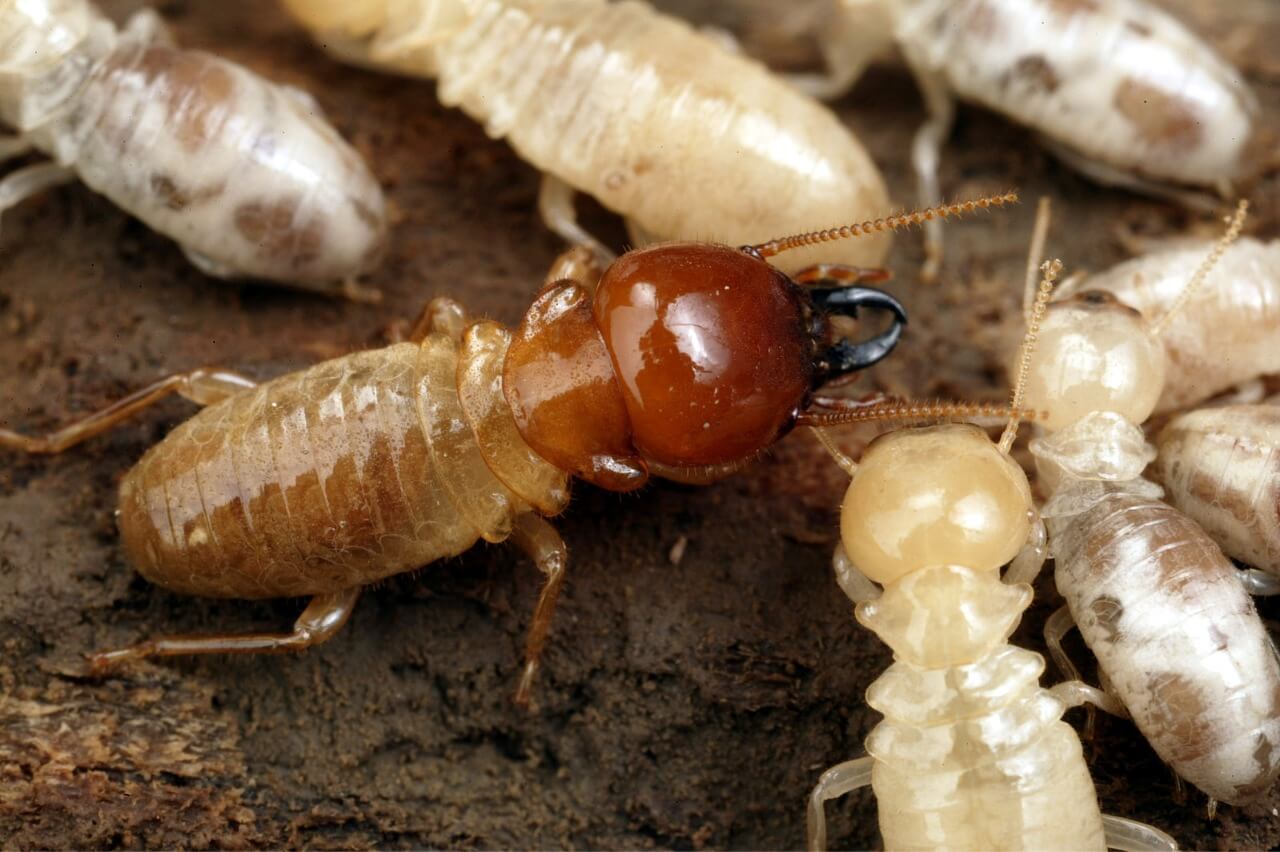
If there was a major Termite problem with a home that you were Going to buy, wouldn’t you want to know about it before you laid out your hard-earned money?
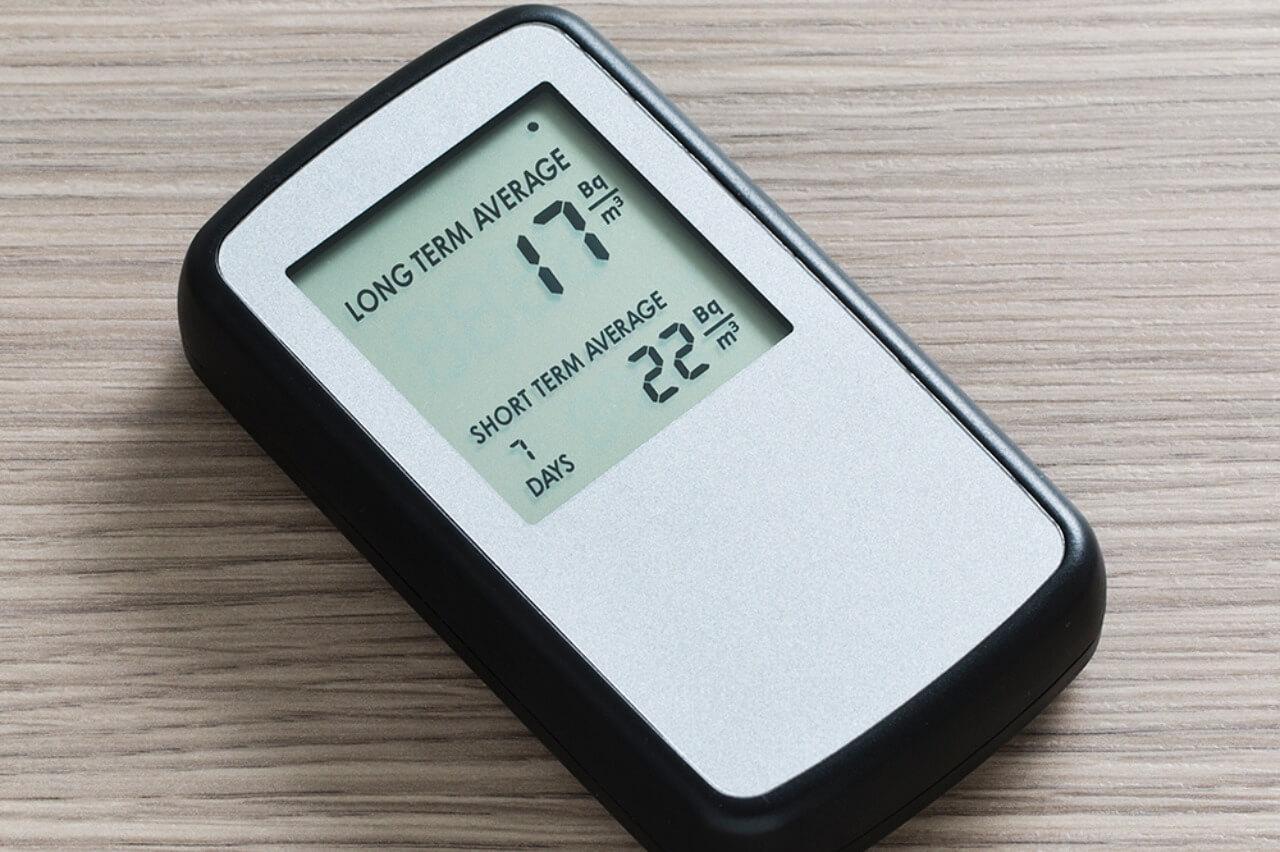
Exposure to Radon is responsible for an estimated 20,000 lung cancer deaths each year. Radon is a health hazard with a simple solution. (Source EPA)

Our Mold inspection service utilizes air quality and or surface sampling. A mold inspection is an essential first step toward improved air quality in your home.
Drone roof inspection is a modern, innovative approach to inspecting the condition of roofs in residential and commercial buildings. By using drones equipped with high-resolution cameras and sensors, we can quickly and accurately assess the condition of a roof without the need for manual inspections. Plus, our FAA Remote Pilot Certificate allows us to inspect high roofs!
Why Choose Us
When it comes to home inspection, one of the most valuable tools in a professional inspector’s arsenal is a thermal imaging camera. Thermal imaging technology has revolutionized the way homes are inspected, allowing inspectors to identify and diagnose potential issues that are not visible to the naked eye. By detecting temperature variations and capturing infrared images, thermal cameras provide a wealth of information that can uncover hidden problems and ultimately save homeowners time, money, and headaches!
Detailed Inspection Reports Delivered Straight to Your Inbox
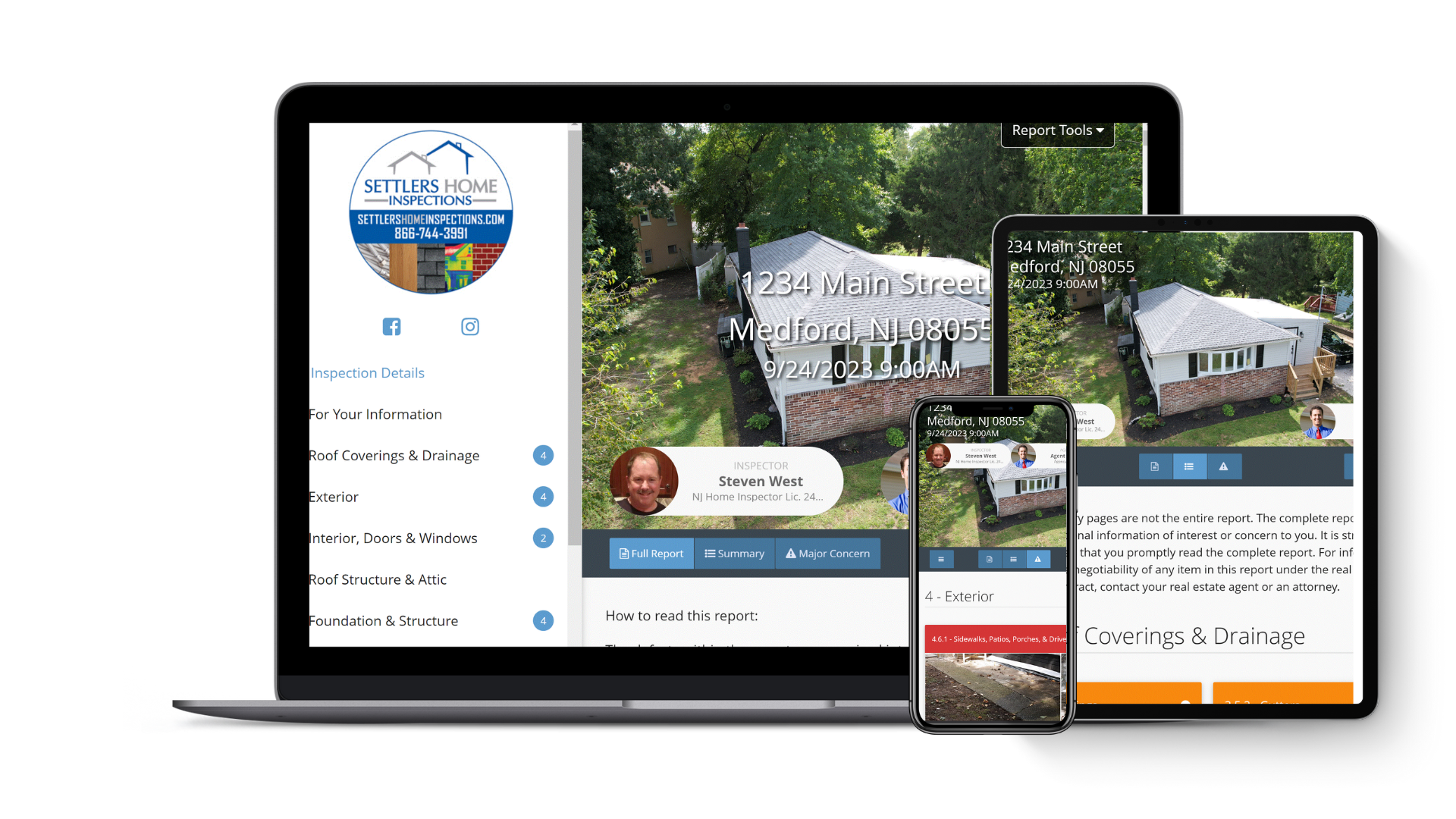
VISUAL
High-quality images and videos so you can quickly see what’s important.
FOLLOW UP SUPPORT
We will go through the report and findings with you and your agent after the inspection.
SAME DAY REPORT DELIVERY
We will deliver our report the day of the inspection.
EMAIL DELIVERY
We will send you an email with a link to the report.
MOBILE-FRIENDLY REPORTS
Our reports can be viewed on your phone or tablet.
AGENT REPAIR REQUEST TOOL
Our reports feature a Repair Request Document generator for our agent partners. Agents quickly grab our comments to copy/paste into their document to ask for repairs or concessions.
we provide
Certified Inspections

ASHI Inspector
The American Society of Home Inspectors (ASHI), founded in 1976, is North America’s oldest and most respected professional society of home inspectors. ASHI’s goals have always been to build customer awareness of the importance of a quality home inspection and enhance the professionalism of home inspectors.
InterNACHI Inspector
InterNACHI-Certified Professional Inspectors® follow a comprehensive Standards of Practice, abide by a strict Code of Ethics, and take accredited Continuing Education courses each year, including InterNACHI’s online Inspector Examination.
Frequently Asked Questions
A home inspection is a limited visual, functional, non-invasive inspection, conducted for a fee or any other consideration, and performed without moving personal property, furniture, equipment, plants, soil, snow, ice, or debris, using the mandatory equipment and including the preparation of a home inspection report of the accessible elements of the following systems and components of a residential building: structural, exterior, roofing, plumbing, electrical, heating, cooling, interior, insulation and ventilation, fireplaces and solid fuel burning appliances, as described more fully in N.J.A.C. §13:40-15.16(c), but excluding recreational facilities and outbuildings other than garages or carports. The purpose of the home inspection is to identify and report on material defects found in those systems and components.
A material defect is a condition, or functional aspect, of a structural component or system that is readily ascertainable during a home inspection that substantially affects the value, habitability or safety of the dwelling, but does not include decorative, stylistic, cosmetic, or aesthetic aspects of the system, structure or component. Accessible means available for visual inspection without requiring the moving of personal property, dismantling, destructive measures, or any action which will likely involve risk to persons or property.
New Jersey Standards of Practice
HOME INSPECTION ADVISORY COMMITTEE STATUTES AND REGULATIONS
ADMINISTRATIVE CODE
CHAPTER 40
STATE BOARD OF PROFESSIONAL ENGINEERS AND LAND SURVEYORS
Subchapter 15
HOME INSPECTION ADVISORY COMMITTEE
13:40-15.16 Standards of practice
(a) All home inspectors shall comply with the standards of practice contained in this section when conducting home inspections. The scope of home inspection services performed in compliance with the requirements set forth in this section shall provide the client with objective information regarding the condition of the systems and components of the home as determined at the time of the home inspection.
(b) Nothing in this section shall be construed to require a home inspector to:
1. Enter any area or perform any procedure which is, in the opinion of the home inspector, unsafe and likely to be dangerous to the inspector or other persons;
2. Enter any area or perform any procedure which will, in the opinion of the home inspector, likely damage the property or its systems or components;
3. Enter any area which does not have at least 24 inches of unobstructed vertical clearance and at least 30 inches of unobstructed horizontal clearance;
4. Identify concealed conditions and latent defects;
5. Determine life expectancy of any system or component;
6. Determine the cause of any condition or deficiency;
7. Determine future conditions that may occur including the failure of systems and components including consequential damage;
8. Determine the operating costs of systems or components;
9. Determine the suitability of the property for any specialized use;
10. Determine compliance with codes, regulations and/or ordinances;
11. Determine market value of the property or its marketability;
12. Determine advisability of purchase of the property;
13. Determine the presence of any potentially hazardous plants, animals or diseases or the presence of any suspected hazardous substances or adverse conditions such as mold, fungus, toxins, carcinogens, noise, and contaminants in soil, water, and air;
14. Determine the effectiveness of any system installed or method utilized to control or remove suspected hazardous substances;
15. Operate any system or component which is shut down or otherwise inoperable;
16. Operate any system or component which does not respond to normal operating controls;
17. Operate shut-off valves;
18. Determine whether water supply and waste disposal systems are public or private;
19. Insert any tool, probe or testing device inside electrical panels;
20. Dismantle any electrical device or control other than to remove the covers of main and sub panels;
21. Walk on unfloored sections of attics; and
22. Light pilot flames or ignite or extinguish fires.
(c) Home inspectors shall:
1. Inspect the following systems and components in residential buildings and other related residential housing components:
i. Structural components as required by (e) below;
ii. Exterior components as required by (f) below;
iii. Roofing system components as required by (g) below;
iv. Plumbing system components as required by (h) below;
v. Electrical system components as required by (i) below;
vi. Heating system components as required by (j) below;
vii. Cooling system components as required by (k) below;
viii. Interior components as required by (l) below;
ix. Insulation components and ventilation system as required by (m) below; and
x. Fireplaces and solid fuel burning appliances as required by (n) below;
2. Prepare a home inspection report which shall:
i. Disclose those systems and components as set forth in (c)1 above which were present at the time of inspection;
ii. Disclose systems and components as set forth in (c)1 above which were present at the time of the home inspection but were not inspected, and the reason(s) they were not inspected;
iii. Describe the systems and components specified in these standards of practice;
iv. State material defects found in systems or components;
v. State the significance of findings where any material defects in the systems and components of (c)1 above were found; and
vi. Provide recommendations where material defects were found to repair, replace or monitor a system or component or to obtain examination and analysis by a qualified professional, tradesman, or service technician without determining the methods, materials or cost of corrections; and
3. Retain copies of all home inspection reports prepared pursuant to (c)2 above, for a period of five years upon completion of the report;
(d) Subsection (c) above is not intended to limit home inspectors or associate home inspectors from:
1. Inspecting or reporting observations and conditions observed in systems and components in addition to those required in (c)1 above and inspecting systems and components other than those mandated for inspection in (c)1 above as long as the inspection and reporting is based on the licensee’s professional opinion, prior work experience, education and training, unless these standards of practice prohibit the home inspector or associate home inspector from inspecting such system or component;
2. Contracting with the client to provide, for an additional fee additional inspection services provided the home inspector or associate home inspector is educated, trained, certified, registered or licensed, pursuant to the provisions of N.J.A.C. 13:40-15.22 and other applicable statutes and rules; and
3. Excluding systems and components from the inspection if requested in writing by the client.
(e) When conducting the inspection of the structural components, the home inspector shall:
1. Inspect:
i. Foundation;
ii. Floors;
iii. Walls;
iv. Ceilings; and
v. Roof;
2. Describe:
i. Foundation construction type and material;
ii. Floor construction type and material;
iii. Wall construction type and material;
iv. Ceiling construction type and material; and
v. Roof construction type and material;
3. Probe structural components where deterioration is suspected unless such probing would damage any finished surface; and
4. Describe in the home inspection report the methods used to inspect under-floor crawl spaces and attics.
(f) When conducting the inspection of the exterior components, a home inspector shall:
1. Inspect:
i. Exterior surfaces, excluding shutters, and screening, awnings, and other similar seasonal accessories;
ii. Exterior doors excluding storm doors or safety glazing;
iii. Windows excluding storm windows and safety glazing;
iv. Attached or adjacent decks, balconies, stoops, steps, porches, and their railings;
v. Vegetation, grading, drainage, and retaining walls with respect to their immediate detrimental effect on the condition of the residential building, excluding fences, geological and/or soil conditions, sea walls, break-walls, bulkheads and docks, or erosion control and earth stabilization;
vi. Attached or adjacent walkways, patios, and driveways; and
vii. Garage doors including automatic door openers and entrapment protection mechanisms, excluding remote control devices; and
2. Describe exterior wall surface type and material.
(g) When inspecting the roof of a residential building, the home inspector shall:
1. Inspect:
i. Roofing surface, excluding antennae and other installed accessories such as solar heating systems, lightning arresters, and satellite dishes;
ii. Roof drainage systems;
iii. Flashing;
iv. Skylights; and
v. Exterior of chimneys;
2. Describe:
i. Roof surface;
ii. Roof drainage systems;
iii. Flashing;
iv. Skylights; and
v. Chimneys;
3. Employ reasonable, practicable and safe methods to inspect the roof such as:
i. Walking on the roof;
ii. Observation from a ladder at roof level; or
iii. Visual examination with binoculars from ground level; and
4. Describe the methods used to inspect the roof.
(h) When inspecting the plumbing system, a home inspector shall:
1. Inspect:
i. Interior water supply and distribution systems including functional water flow and functional drainage, excluding wells, well pumps, well water sampling or water storage related equipment, determination of water supply quantity or quality and water conditioning systems and lawn irrigation systems;
ii. All interior fixtures and faucets, excluding shut off valves, wells, well pumps, well water sampling and water storage related equipment;
iii. Drain, waste and vent systems;
iv. Domestic water heating systems, without operating safety valves or automatic safety controls, and excluding solar water heating systems;
v. Combustion vent systems excluding interiors of flues and chimneys;
vi. Fuel distribution systems; and
vii. Drainage sumps, sump pumps and related piping; and
2. Describe:
i. Predominant interior water supply and distribution piping materials;
ii. Predominant drain, waste and vent piping materials; and
iii. Water heating equipment including energy sources.
(i) When inspecting the electrical system, a home inspect shall:
1. Inspect:
i. Service entrance system;
ii. Main disconnects, main panel and sub panels, including interior components of main panel and sub panels;
iii. Service grounding;
iv. Wiring, without measuring amperage, voltage or impedance, excluding any wiring not a part of the primary electrical power distribution system, such as central vacuum systems, remote control devices, telephone or cable system wiring, intercom systems, security systems and low voltage wiring systems;
v. Over-current protection devices and the compatibility of their ampacity with that of the connected wiring;
vi. At least one of each interior installed lighting fixture, switch, and receptacle per room and at least one exterior installed lighting fixture, switch, and receptacle per side of house; and
vii. Ground fault circuit interrupters; and
2. Describe:
i. Amperage and voltage rating of the service;
ii. Location of main disconnect, main panels, and sub-panels;
iii. Type of over-current protection devices;
iv. Predominant type of wiring;
v. Presence of knob and tube branch circuit wiring; and
vi. Presence of solid conductor aluminum branch circuit wiring.
(j) When inspecting the heating system, a home inspector shall:
1. Inspect:
i. Installed heating equipment and energy sources, without determining heat supply adequacy or distribution balance, and without operating automatic safety controls or operating heat pumps when weather conditions or other circumstances may cause damage to the pumps, and excluding humidifiers, electronic air filters and solar heating systems;
ii. Combustion vent systems and chimneys, excluding interiors of flues or chimneys;
iii. Fuel storage tanks, excluding propane and underground storage tanks; and
iv. Visible and accessible portions of the heat exchanger, removing the flame roll-out shield if applicable; and
2. Describe:
i. Heating equipment and distribution type; and
ii. Energy sources.
(k) When inspecting the cooling system, a home inspector shall:
1. Inspect:
i. Central cooling system, excluding electronic air filters and excluding determination of cooling supply adequacy or distribution balance and without operating central cooling equipment when weather conditions or other circumstances may cause damage to the cooling equipment;
ii. Permanently installed hard-wired, through-wall individual cooling systems; and
iii. Energy sources; and
2. Describe:
i. Cooling equipment and distribution type; and
ii. Energy sources.
(l) When inspecting the interior of a residential building, a home inspector shall:
1. Inspect:
i. Walls, ceilings, and floors excluding paint, wallpaper and other finish treatments, carpeting and other non-permanent floor coverings;
ii. Steps, stairways, and railings;
iii. Installed kitchen wall cabinets to determine if secure;
iv. At least one interior passage door and operate one window per room excluding window treatments; and
v. Household appliances limited to:
(1) The kitchen range and oven to determine operation of burners or heating elements excluding microwave ovens and the operation of self-cleaning cycles and appliance timers and thermostats;
(2) Dishwasher to determine water supply and drainage; and
(3) Garbage disposer.
(m) When inspecting the insulation components and ventilation system of a residential building, the home inspector shall:
1. Inspect:
i. Insulation in unfinished spaces without disturbing insulation;
ii. Ventilation of attics and crawlspaces; and
iii. Mechanical ventilation systems; and
2. Describe:
i. Insulation in unfinished spaces adjacent to heated areas; and
ii. Evidence of inadequate attic and crawlspace ventilation.
(n) When inspecting fireplaces and solid fuel burning appliances, a home inspector shall:
1. Inspect:
i. Fireplaces and solid fuel burning appliances, without testing draft characteristics, excluding fire screens and doors, seals and gaskets, automatic fuel feed devices, mantles and non-structural fireplace surrounds, combustion make-up air devices, or gravity fed and fan assisted heat distribution systems; and
ii. Chimneys and combustion vents excluding interiors of flues and chimneys; and
2. Describe:
i. Type of fireplaces and/or solid fuel burning appliances;
ii. Energy source; and
iii. Visible evidence of draft characteristics
CAMDEN COUNTY, NJ Atco, NJ Audubon, NJ Audubon Park, NJ Barrington, NJ Bellmawr, NJ Berlin, NJ Berlin Twp., NJ Blackwood, NJ Blenheim, NJ Brooklawn, NJ Camden, NJ Cherry Hill, NJ Cherry Hill, NJ Chesilhurst, NJ Clementon, NJ Collings Lake, NJ Collingswood, NJ Erial, NJ Gibbsboro, NJ Glendora, NJ Gloucester City, NJ
GLOUCESTER TWP., NJ Haddon Heights, NJ Haddon Twp., NJ Haddonfield, NJ Hi-Nella, NJ Laurel Springs, NJ Lawnside, NJ Lindenwold, NJ Magnolia, NJ Merchantville, NJ Mt Ephraim, NJ Oaklyn, NJ Pennsauken, NJ Pine Hill, NJ Runnemede, NJ Sicklerville, NJ Somerdale, NJ Stratford, NJ Voorhees, NJ W Berlin, NJ Waterford, NJ Waterford Works, NJ Westmont, NJ Winslow, NJ Woodlynne, NJ
BURLINGTON COUNTY, NJ Bass River, NJ Beverly, NJ Bordentown, NJ Browns Mills, NJ Burlington, NJ Burlington City, NJ Burlington Twp, NJ Chesterfield, NJ Cinnaminson, NJ Columbus, NJ Crosswicks, NJ Delanco, NJ Delran, NJ Eastampton, NJ Edgewater Park, NJ Evesham, NJ Evesham/Marlton, NJ Florence, NJ Hainesport, NJ Lumberton, NJ Mansfield, NJ Maple Shade, NJ Marlton, NJ Medford, NJ Medford Lakes, NJ Moorestown, NJ Mt Holly, NJ Mt Laurel, NJ New Hanover, NJ North Hanover, NJ Palmyra, NJ Pemberton, NJ Pembertown Twp., NJ Rancocas, NJ Riverside, NJ Riverton, NJ Roebling, NJ Shamong, NJ Springfield, NJ Tabernacle, NJ Westampton, NJ Willingboro, NJ Woodland, NJ Wrightstown, NJ
GLOUCESTER COUNTY, NJ Almonesson, NJ Clarksboro, NJ Clayton, NJ Deptford, NJ E Greenwich, NJ Elk, NJ Franklin, NJ Franklinville, NJ Glassboro, NJ Greenwich, NJ Harrison, NJ Hurffville, NJ Logan, NJ Mantua, NJ Mickleton, NJ Monroe, NJ Monroe Twp., NJ Mullica Hill, NJ National Park, NJ Newfield, NJ Paulsboro, NJ Pitman, NJ Richwood, NJ S. Harrison, NJ Sewell, NJ Swedesboro, NJ Thorofare, NJ Turnersville, NJ W. Deptford, NJ Washington Twp, NJ Washington wp./Turnersville/Sewell, NJ Wenonah, NJ West Deptford, NJ Westville, NJ Williamstown, NJ Woodbury, NJ Woodbury Hts., NJ Woolwich, NJ
Areas a little harder to get to but we try to help…
ATLANTIC COUNTY, NJ Absecon, NJ Atlantic City, NJ Brigantine, NJ Egg Harbor, NJ Hammonton, NJ Historic Smithville, NJ Linwood, NJ Longport, NJ Margate, NJ
Northfield, NJ Pleasantville, NJ Pomona, NJ Port Republic, NJ Smithville, NJ Somers Point, NJ Ventnor, NJ
CAPE MAY COUNTY, NJ Avalon, NJ Cape May, NJ Ocean City, NJ Sea Isle City, NJ Stone Harbor, NJ Strathmere, NJ Wildwood, NJ Woodbine, NJ
SALEM COUNTY, NJ Alloway Township, NJ Carneys Point Township, NJ Elmer, NJ (Elmer Borough) Elsinboro Township, NJ Lower Alloways Creek Township, NJ Mannington Township Oldmans Township, NJ Penns Grove (borough), NJ Pennsville Township, NJ Pilesgrove Township, NJ Pittsgrove_Township, NJ Olivet, NJ
OCEAN COUNTY, NJ Barnegat Light, NJ Beach Haven, NJ Loveladies, NJ Manahawkin, NJ Point Pleasant, NJ Surf City, NJ Toms River, NJ Waretown, NJ
CUMBERLAND COUNTY, NJ Bridgeton, NJ Commercial Township, NJ Laurel Lake, NJ Port Norris, NJ Deerfield Township, NJ Rosenhayn, NJ Downe Township, NJ Maurice River Township, NJ Millville, NJ (city) Upper Deerfield Township, NJ Seabrook Farms, NJ Vineland, NJ (Vineland City, NJ)

